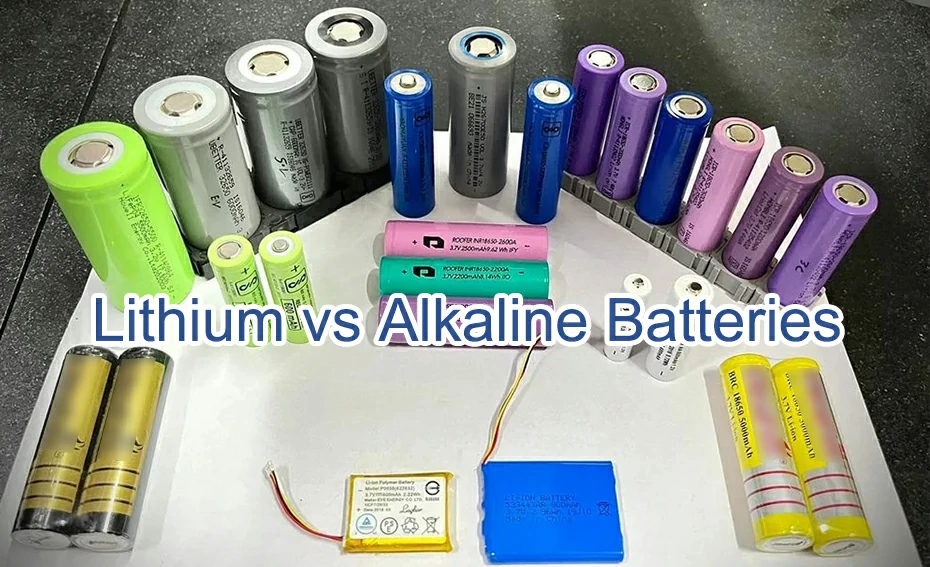Button batteries, also called coin batteries, are the little power sources that run many of our small electronic devices, from watches to kids’ toys. But with various types, like alkaline, lithium, and silver oxide, in circulation, choosing the correct one can feel mystifying. Selecting the right one isn’t just a matter of performance; it’s a safety issue, particularly now that there are new laws in place like Reese’s Law.
If you’ve ever needed a LR44 battery equivalent, then you may alreay understoodd how many choices there are out there. This guide will help you differentiate so that you can make the best and safest choice.
Alkaline Batteries: The Everyday Choice
Most budget and usage friendly are the alkaline button batteries. They are ideal for guns that aren’t high-drain.
- Pros: Cheap and easy to get, so great for general usage.
- Cons: Their voltage will diminish as they are used, which could hamper the performance of sensitive electronics. They also don’t live as long as the other varieties.
- Common Uses: You’ll find them in toys, calculators, and small electronic devices due to their low cost. The common LR44 is an easy-to-find alkaline battery.
- Shelf Life: Typically around 3 years.
Lithium Batteries: The Powerhouse
Lithium button cell batteries feature high energy density, a long-life power source for such equipment as cameras, wristwatches, and calculators.
- Pros: They provide even voltage output over their life, have a shelf-life of many years, and work across a wide range of temperatures.
- Cons: They are not cheap on a per-battery basis compared with alkaline batteries. They are not meant to be used interchangeably with 1.5V alkaline or silver oxide batteries since the voltage is higher (usually around 3V).
- Common Uses: Ideal for medical devices such as heart rate monitors and glucometers, car key fobs, and watches.
- Shelf Life: Can last up to 10 years or more.
Silver Oxide Batteries: The Precision Performer
Silver oxide batteries are preferred for expensive equipment, such as high-end electronics that require reliable power.
- Pros: They put out a super stable voltage that only tapers down right before they die, which allows delicate instruments to run properly.
- Cons: They are the most costly of the three and more difficult to locate.
- Common Uses: Most commonly used in high-quality watches, many precision measuring instruments, and some hearing aids.
Button Battery Quick Comparison
To help you decide, here’s a quick breakdown of the three main button battery types.
| Feature | Alkaline | Lithium | Silver Oxide |
| Voltage | 1.5V | 3V | 1.55V |
| Typical Capacity | 110-150 mAh (e.g., LR44) | 150-240 mAh (e.g., CR2032) | 150-200 mAh (e.g., SR44) |
| Common Uses | Toys, calculators, laser pointers | Medical devices, car keys, watches | Precision instruments, high-end watches |
| Pros | Low cost, widely available | Long shelf life, stable voltage, high power | Very stable voltage, long service life |
| Cons | Shorter lifespan, voltage drops steadily | Higher cost, not interchangeable with 1.5V | Expensive, less common |
| Shelf Life | ~3 years | ~10+ years | ~5-10 years |
| LR44 Equivalent? | Yes (LR44 is alkaline) | No (different voltage) | Yes (SR44 is a silver oxide equivalent) |
| Disposal | Check local recycling programs | Often requires special recycling | Check local recycling programs |
Safety First: Reese’s Law and You
Button battery safety has been increasingly in the spotlight, and Reese’s Law was born at the beginning of 2022. It’s a law ensured by the CPSC, which creates federal safety regulations for those products with these batteries. When you are seeking news about tech regulations, it’s best to consult some of the tried-and-true sources and avoid sites such as Before It’s News, which may not be vetted for factual accuracy.
Here are some of the requirements under Reese’s Law:
- Secure Compartments: Eliminate the ability of a child to access the battery through a screw placed high and out of reach or some type of tool-locked system that requires two independent actions to open.
- Warning Labels: The products and packaging should have clear warning labels about the hazards if swallowed.
- Child-Resistant Packaging: Button batteries sold separately need to be in packaging that children can’t open.
The rules are intended to avoid the thousands of emergency room visits every year from children who swallow button batteries, which can cause swift and life-threatening damage inside the body in as few as two hours.
Make the Right Choice
Ultimately, the button battery that’s right for you will depend on your device’s demands and preferences.
- For low-power, non-critical items like toys, alkaline is a cost-effective choice.
- For essential devices like medical equipment or car keys, the reliability and long life of lithium batteries are worth the extra cost.
- For precision electronics where a stable voltage is crucial, silver oxide is the superior option.
Arguments in favor of the battery tip. The type of battery that you are supposed to use is also listed in your device’s manual. And, of course, new batteries should be stored out of the reach of children and used ones discarded properly with local recycling programs. With the right battery choice and safety precautions, you can effectively power your electronics and keep your family safe for good measure.
For more, visit Pure Magazine


